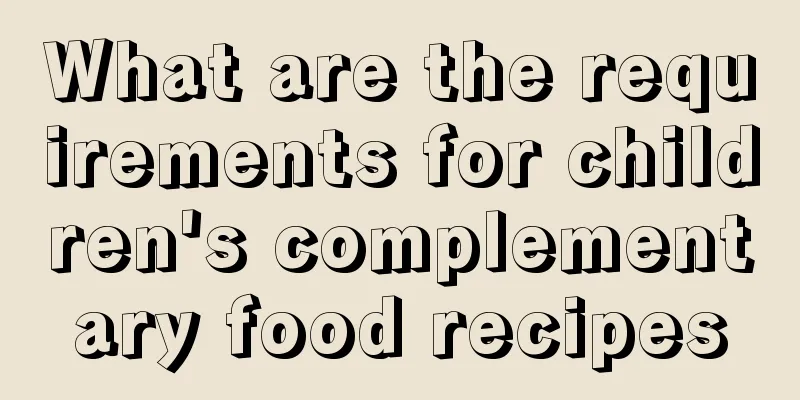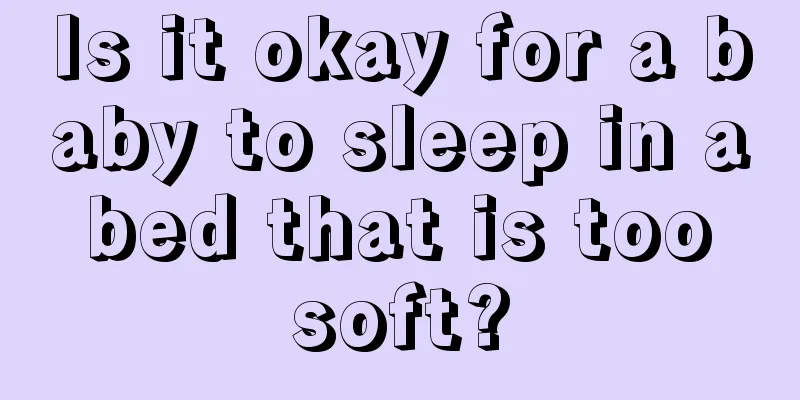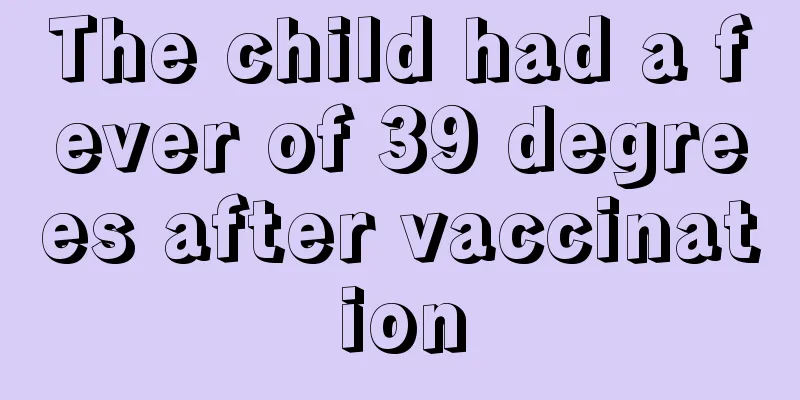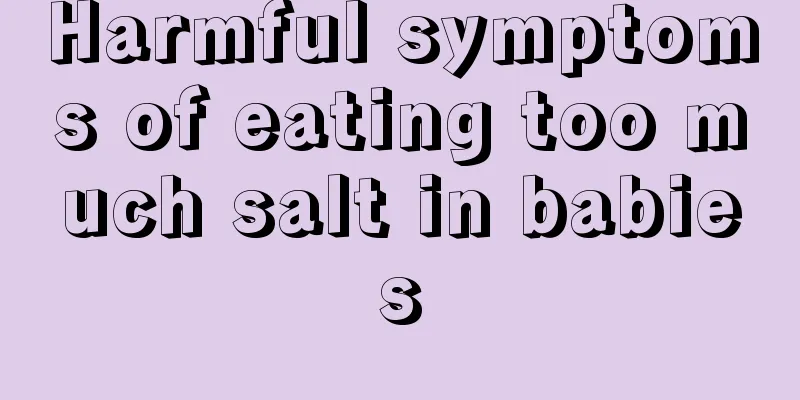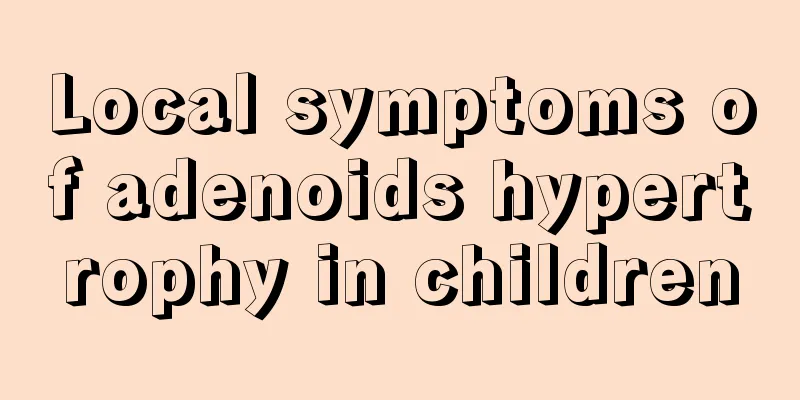Symptoms of impetigo in children
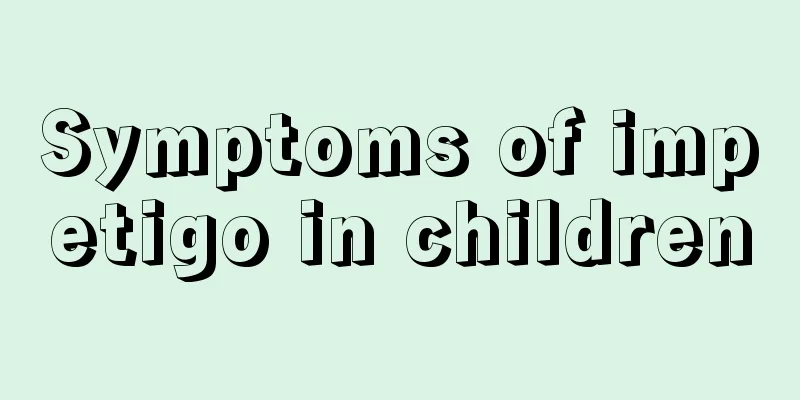
|
It is relatively common for children to have pustular rash, which mainly appears in the child's mouth and nose, and sometimes develops to the face or limbs. Pustules and blisters as big as rice grains or soybeans often appear. These pustules will ooze yellow pus, which often causes pain and restlessness in the children, and they will cry. At this time, good treatment is needed in time, and the treatment method is relatively simple. Let's take a look at this aspect. Symptoms of impetigo in children The first places where blisters and pustules appear are around the mouth and nose, face, and limbs. The child's skin develops blisters and pustules ranging in size from rice grains to soybeans or broad beans. Some yellow pus sinks to the bottom of the blister and becomes half a day-long. In most cases, the blister wall is very thin and can be easily scratched without the pustule being visible. All you see is skin erosion, oozing water or forming thick light yellow scabs. The scabs dry and fall off after about a week, and the disease heals without leaving scars or pigmentation spots. Children often cry and become irritable due to itching. Etiology Pediatric impetigo, commonly known as "pemphigoid", is an acute, contact, contagious skin disease. Infants and children are most susceptible to infection, which is usually caused by Staphylococcus aureus. The main symptom is pustules. The walls of the pustules are as thin as paper and will break at the touch. When they break, water will ooze out and form scabs, which will spread to the surrounding areas. (1) Children’s skin is delicate and their stratum corneum is incomplete. It is easily damaged during washing, creating opportunities for bacteria to stay and invade. (2) Children's clothes, collars and buttons are too thick or too hard, causing skin abrasions; or they wear clothes that have been stored for a long time or old, unsterilized clothes. (3) Pus rashes in children are more common in those who have contact with caregivers whose nasal cavity is carrying Staphylococcus aureus. If such a situation is found, for example, the mother has bacteria in the nose, the child should be isolated or given nasal drops to eliminate the bacteria. Wearing a mask and washing hands are also necessary. (4) The wrinkles on children’s skin are prone to moisture and dirt accumulation, which provides an opportunity for bacteria to multiply. Therefore, you must be careful when caring for newborns. Treatment 1 Take 1 gram of chloramphenicol injection and 12 ml of 2% gentian violet, mix the two drugs and set aside. First clean the pus with light salt water or warm water, then apply the affected area with a cotton swab dipped in chloramphenicol gentian violet solution, 3-4 times a day, 3 days as a course of treatment. If the condition is not cured after one course of treatment, another course of treatment can be used. 2 Generally, 75% alcohol should be used to wipe the affected area of the skin for disinfection, and then a cotton swab or a sterilized fine needle should be used to prick the pus scar and absorb the liquid. The liquid will continue to seep out, so be sure to absorb it several times and apply 2% gentian violet solution to prevent the infection area from expanding. Keep the surrounding skin clean by wiping it with alcohol (before each feeding). Pay attention to changing underwear frequently and keep it clean and cared for. If you have impetigo, you should change your underwear every day. If there are many impetigo, you should go to the hospital for diagnosis and treatment. 3For mild cases, external treatment is generally the main approach. At the beginning of the disease, there are only a few pustules. It is advisable to puncture the epidermis, absorb the liquid with sterile cotton wool, apply 2% gentian violet or neomycin bacitracin ointment; the skin around the affected area should be disinfected with 75% alcohol once every 2-3 hours. For the scabby area, rinse it with 1:1000 potassium permanganate solution first, then peel off the scab and apply some gentian violet. Keep children clean, their clothes clean and their skin clean and dry. 4 Pustule is the most common skin disease in children caused by staphylococcus. Most of them are caused by Staphylococcus aureus and can induce acute glomerulonephritis. Applying chloramphenicol gentian violet solution has obvious therapeutic effect. 5. If there are too many pustules, apply antibiotics (penicillin, erythromycin, gentamicin, etc.) and antihistamines systemically, and apply 2% gentian violet solution or antibiotic ointment topically. Chloramphenicol is a broad-spectrum antibiotic with good efficacy against both Gram-positive and Gram-negative bacteria. Gentian violet has both bactericidal and astringent effects. When the two are mixed, their effects are enhanced and the efficacy is better. |
<<: What are the symptoms of neonatal hemangioma?
>>: What are the symptoms of baby food insufficiency?
Recommend
What can I do to improve my baby's cough at five months old?
Recently, many people have consulted me saying th...
What to do if your 9-month-old baby doesn't want to eat
Every mother hopes that her child can grow up hea...
Treatment for yellow urine in newborns
We may know that there are many reasons for the y...
What are the causes of nosebleeds in 2-year-old children?
Some people always think that nosebleeds only hap...
Methods for regulating spleen and stomach in children
Parents should pay attention to the spleen and st...
What to do if your 11-month-old baby can't crawl
Baby crawling is actually a very important thing ...
How to supplement zinc deficiency in children?
How to supplement zinc deficiency in children is ...
What kind of exercise can children do to grow taller?
The situation of children nowadays is that they e...
What are the symptoms of ADHD in adolescents?
As people discover and understand more and more a...
What is the cause of early puberty in children caused by bird's nest?
Children are a relatively special group, because ...
What causes poor sleep in primary school students?
Poor sleep is a very common condition. Insomnia, ...
What is the reason for children's partial eating?
Many parents are at a loss as to what to do when ...
What is the disease that causes pain in the lower left abdomen in young children?
Children are the sky of every family and are ange...
What should I do if my baby has a fever?
Parents must be distressed when their baby has a ...
Are probiotics useful for neonatal jaundice?
It is very hard for pregnant women to be pregnant...
